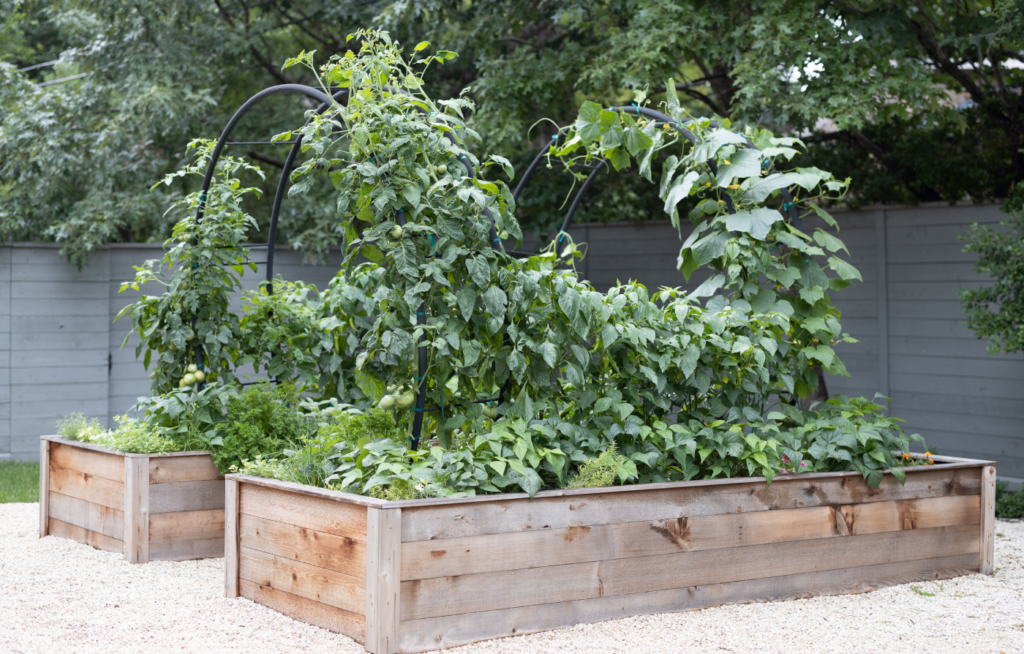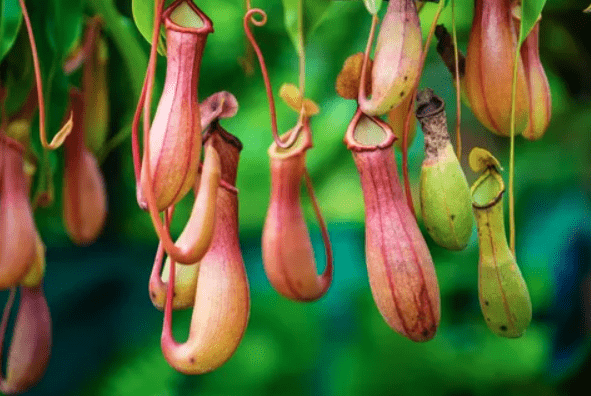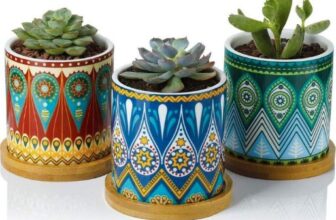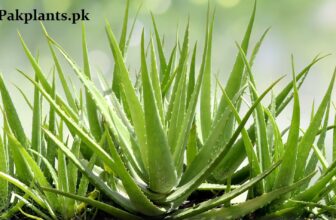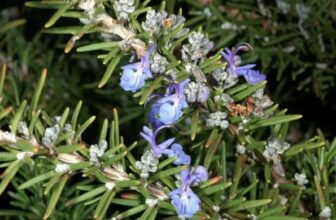All About Kitchen Gardening
Kitchen garden can be something deeply rewarding about growing your own food and being able to use the freshest ingredients in your cooking. Whether you have a large vegetable garden with raised beds or just a few pots on your balcony, the experience of cultivating your produce is incredibly fulfilling.
The benefits of a kitchen garden extend far. Additionally, you have complete control over the growing process, which means you can avoid harmful pesticides and chemicals, ensuring a healthier and safer end product.
To start kitchen gardening in home follow some simple methods to get good quantity of vegetables.
Layout

The first step to start a kitchen garden is to select the place within your home where you want to plant it. Most vegetables require plenty of light, so avoid dark places where sunlight cannot penetrate. If you don’t have enough space or a garden, you can grow them in pots on the roof or terrace.
Make a layout for the best use of space or plot. Arrange them neatly to give your garden or terrace a good look and make it easy to harvest.
Start from the simple and vegetables that can grow easily like tomato, mint , spinach and then expand it gradually.
Test the condition of Soil
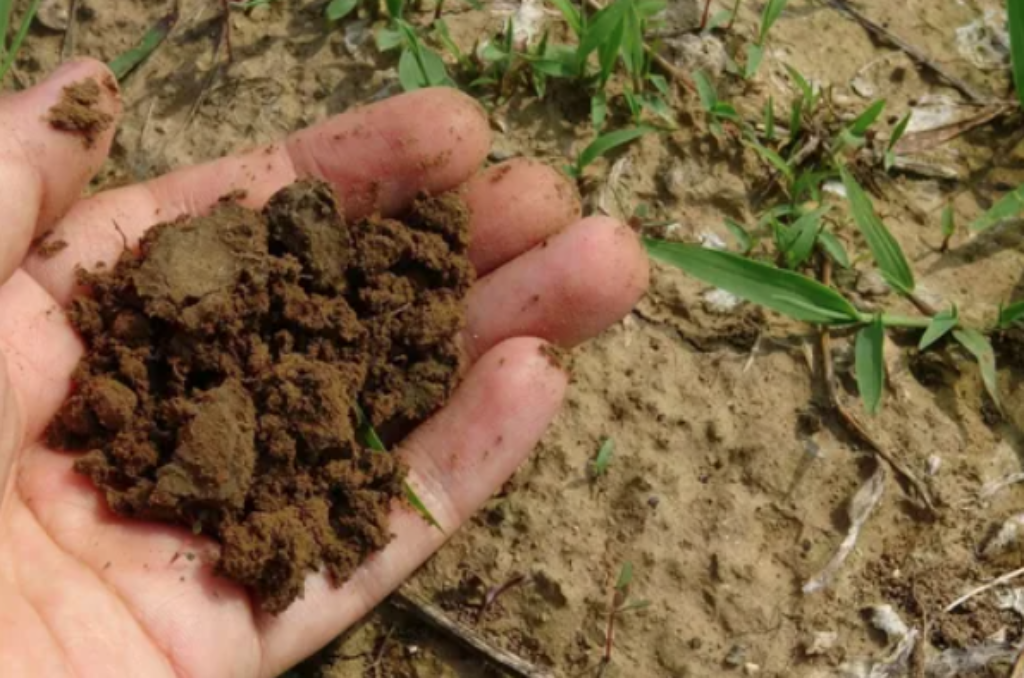
Test quality and type of your garden soil where you are going to plant your vegetables.Is your soil is fertile enough to plant?What kind of soil it is? By getting the answer of your questions you would be able to proceed.
If soil is dark in colour and have wetty texture then you are lucky enough. Otherwise you have to reclaim your soil accordingly. You can improve the texture of soil by adding composite. Different types of composit are easily available from market. You can also make your own composite from peels of your fruits and vegetables.
Moreover Ph of the healthy soil is 6.5 -7.5. Ph below or above it not safe for plant growth. You can easily monitor the Ph of your soil by Ph meter.
- Get Ph meter in very low price here https://pakplants.pk/
Growing Season
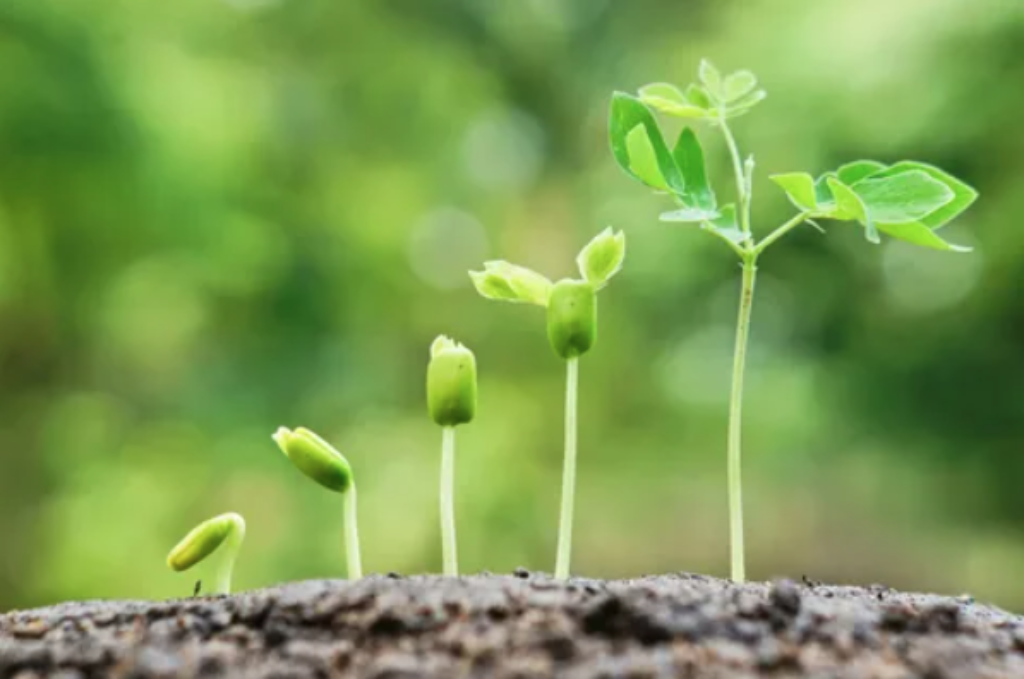
Every vegetable has its own growing season. Usually summer vegetables are sown in February and winter vegetables are sown in September.Growing after or before can effect the growth and yield of vegetables.
Get Certified seed from Well Known Repository

Variety and health of seed is very important in growing any crop, vegetables or flowers. Seed of vegetables you want grow should be taken from authenticate source. Get check where the certified seed are available in your city. Remember if you get those seeds from local market then it would not be sure they would grow or of good variety. Take some extra knowledge while buying those seed. Ask about its season, requirement and how that particular variety is different from others. Once you get good healthy variety seed you can safe them for next season.
Take Good care Of Them
After taking all these above mention measures plant take good care of them till harvest.
Preparation
Prepare the soil for good aeration and drainage. Add composite ,manure or any other source of organic matter. Make small section land with tool available for gardening.
Method of Sowing
The time and method of sowing differs from vegetable to vegetable. Use recommended plant to plant and row to row distance should be maintained for getting a healthy vegetable crop.
Fertilizer
When using fertilizers, consider the specific needs of your plants, the soil conditions, and follow the application instructions carefully to avoid over-fertilization, which can lead to nutrient imbalances and harm the environment. Organic fertilizers generally have the advantage of improving soil health over time, but they may release nutrients slowly. Synthetic fertilizers, on the other hand, provide a quick nutrient boost, but excessive use can lead to nutrient runoff and environmental pollution.
For best results, consider conducting a soil test to understand the nutrient levels in your garden soil and determine the appropriate type and amount of fertilizer needed for your plants.
- Watering
Avoid excessive watering of your vegetable bed. Early morning is the optimal time for irrigation. Winter vegetables require less water compared to summer ones. Additionally, remember to wash the leaves when watering to ensure proper exposure to sunlight for a successful harvest.
The field should be irrigated after sowing seeds or transplanting nursery seedlings. Ensure that the water level remains below furrows to prevent negative impacts on germination and the formation of a compact soil layer that hinders seed germination. During the summer season, provide weekly irrigation, while in winter, water according to specific requirements.
WEEDING
Remember, while weeds are unwanted in a garden, some plants can be beneficial for pollinators and the ecosystem. Make sure you identify the plants accurately before removing them. Additionally, practicing good gardening habits, such as proper watering, spacing, and soil health, can help reduce weed growth and promote healthy plant growth
Control Pests
Controlling insects in your garden can be achieved through a combination of preventive measures, natural remedies, and, if necessary, targeted chemical treatments. Here are some effective methods to keep insect pests at bay and promote a healthy garden:
Maintain garden hygiene
Regularly remove dead plants, fallen leaves, and debris from the garden. Pests often use these as breeding grounds or hiding places.
Encourage beneficial insects
Some insects are natural predators of garden pests. Attract them to your garden by planting flowers that they like, such as daisies, fennel, or yarrow. Ladybugs, lacewings, and praying mantises are examples of beneficial insects that eat pests.
Use physical barriers
Install row covers or netting to protect plants from flying insects and birds. This is especially useful for safeguarding crops like strawberries or lettuce.
Handpick pests
If you spot insects on your plants, remove them by hand. This method is particularly useful for larger pests like caterpillars or beetles.
Biological insecticides
These are natural insecticides derived from plants, bacteria, or fungi that target specific pests without harming beneficial insects or humans. Examples include neem oil, diatomaceous earth, and Bacillus thuringiensis (Bt).
Spray Salted Water
Natural way to kill snail and other catterpillers salted water should spray on leaves.
